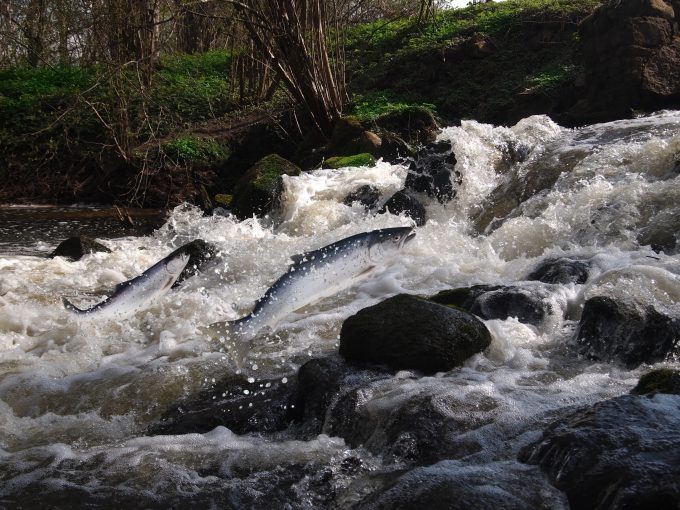
Airlines are hoping to capitalise on increased global demand for Norwegian salmon exports, particularly among US consumers who have been hit by declining production from core supplier Chile.
Several freighter operators announced new routes into Oslo last year, citing increased capacity demands from the country’s seafood industry.
However, while salmon exports surged in 2015, partly after aggressive marketing from Norwegian exporters keen to take market share from a struggling Chilean industry, growth was muted in 2016.
The Norwegian Seafood Council reported just a 6% rise in volumes to 39,774 tonnes to the US, a marked contrast to the 35% surge recorded a year earlier, while European exports were down 5.2% year-on-year, to 794,00 tonnes, this followed a 10% upturn in 2015.
Similarly, Asian exports fared little better than they did in 2015.
Speaking to The Loadstar, a Norwegian Seafood Council spokesperson said export volumes in Norway declined in 2016 because of a reduction in production to maintain sustainability.
“The Norwegian seafood industry is based on the principal of sustainable production and the aquaculture industry is strictly regulated by the government,” said the spokesperson. “But the production will increase about 2% in 2017.”
Despite making significant strides into the US market, the spokesperson said Norway’s sector had not been bolstered by the declines experienced in Chile, a view echoed by his opposite number in Chile.
“Norway supplies salmon to markets in Europe and Asia,” said the spokesperson from Data Salmon Chile. “For Chile, the markets are the US and Japan – aggressive marketing from Norway would not affect our market in a big way.”
However, gains made in Norway’s share mirrored declines experienced by the South American country, with Undercurrent News citing a Nordea Bank analyst who expected Chile’s 2016 volumes to be between 35% and 45% down year-on-year.
The spokesperson from Data Salmon declined to comment on the state of the industry’s volumes, in either 2015 or 2016, nor on forecasts for the year ahead, merely stating that there had been some mergers of the country’s international firms.
Unusually high ocean temperatures, resulting from the El Nino weather system, fuelled an algal bloom last March that affected 37 of Chile’s 415 salmon fisheries, leaving 23m fish dead.
Speaking at the time, Jose Miguel Burgos, head of the government’s Sernapesca fisheries body told Reuters that a combination of a two to four degrees (Celsius) rise in temperature, increased sunlight, a lack of rain and very mild winds, provided the perfect conditions for micro algae to appear.
Despite the issues, Cargolux VP sales Chris Nielen told The Loadstar quality issues were now being tackled.
“It will be some time before the volumes out of Chile are back on track but we are expecting moderate growth, compared to 2015 volumes, this year,” said Mr Nielen. “And we expect to see this growth in both the Norwegian and Chilean market as the increase in global salmon consumption intensifies.”
Emirates was the first carrier to add capacity, with a weekly 777 freighter service between the Norwegian capital and its hub in Dubai in response to a doubling of the market over six years.
A spokesperson for the carrier told The Loadstar: “Emirates Skycargo facilitates Norwegian exports, in particular seafood, to the rest of the world through our global network, and like any other carrier we constantly monitor market conditions to ensure that our capacity is optimally deployed where there is demand.”
Mr Nielen added that the rapid growth of salmon exports, combined with the carrier’s network, especially to Asia, made the sector a perfect fit for Cargolux.
In October, the carrier started up a weekly 747-8 freighter service linking Oslo to New York.
AirBridgeCargo also entered the market with a twice-weekly 747 freighter service in November, accommodating the needs of seafood and oil and gas shippers seeking access to Asian and North American markets.



